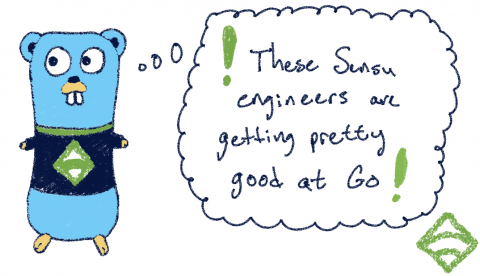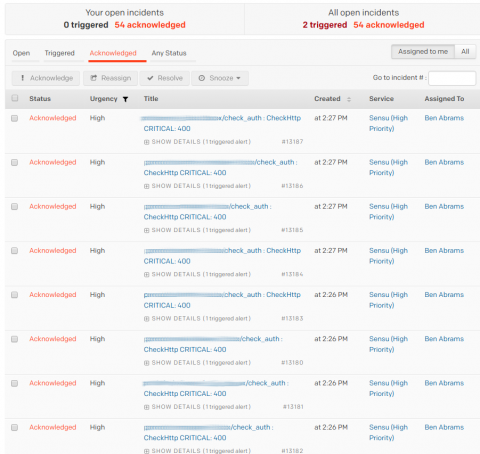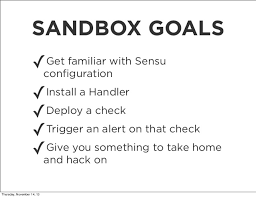Announcing Tessen, the Sensu call-home service
As a monitoring company, it’s only natural that we’d always seek more data to inform our product decisions. With that in mind, we created Tessen, a hosted Sensu call-home service. Tessen is opt-in for the current version of Sensu, but will be opt out in Sensu Go (ICYMI, here’s our product roadmap, including the GA release date). Here’s what you need to know, including what we’re collecting and how that data benefits the Sensu Community.









